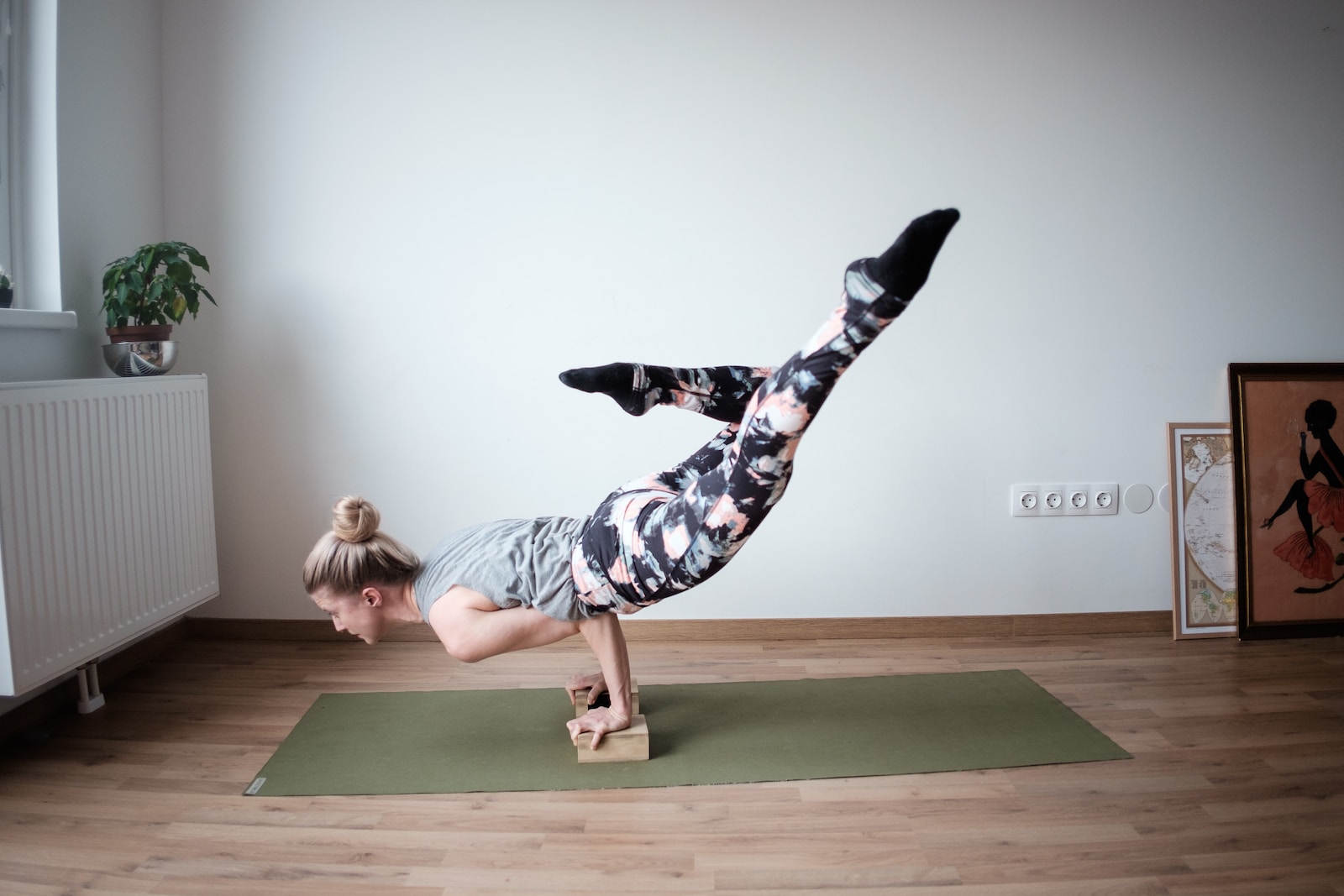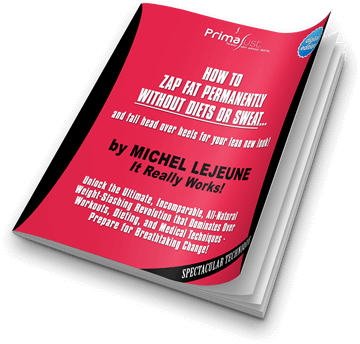Sleep, the cornerstone of well-being, plays a pivotal role in our physical and mental health. The hustle and bustle of modern life often makes it challenging to unwind and prepare for a restful night’s sleep. In our previous blog we wrote about Smart Eating: Healthy Snacks for Weight Loss. In this blog, we’ll delve into the world of mindful sleep and explore how incorporating serene exercises into your bedtime routine can lead to enhanced sleep quality and overall wellness.
Understanding the Role of Mindful Movement in Sleep Enhancement
 Mindful movement, often associated with gentle and deliberate exercises, encompasses various practices such as yoga, Tai Chi, and stretching.
Mindful movement, often associated with gentle and deliberate exercises, encompasses various practices such as yoga, Tai Chi, and stretching.
Unlike intense workouts, mindful movement focuses on the connection between body and mind, fostering relaxation and stress reduction.
Stress and anxiety are notorious disruptors of sleep, making the incorporation of mindful movement all the more relevant.
Research has shown a positive correlation between mindful movement practices and improved sleep patterns, making it a promising avenue for those seeking enhanced sleep quality.
Mindful Sleep Strategy
Gentle Yoga Poses for Relaxation and Better Sleep
 As night falls, consider embracing a series of gentle yoga poses tailored to calm your body and mind.
As night falls, consider embracing a series of gentle yoga poses tailored to calm your body and mind.
Poses such as Child’s Pose, Standing Forward Bend, and Legs-Up-the-Wall not only ease physical tension but also encourage mental relaxation.
These poses stimulate the parasympathetic nervous system, signaling to the body that it’s time to unwind.
Mindful Movement to Ease into Sleep involves deep breaths and focused awareness, enhancing the mind-body connection.
Tai Chi: Flowing Movements for Tranquil Nights
 Tai Chi, an ancient Chinese practice, features slow and flowing movements that promote harmony between body and mind.
Tai Chi, an ancient Chinese practice, features slow and flowing movements that promote harmony between body and mind.
Its deliberate motions have been linked to increased mental clarity, reduced stress, and improved sleep quality.
Try a simple Tai Chi routine before bedtime, focusing on each movement’s fluidity and your breath.
Embrace the meditative nature of Tai Chi as you embark on your journey towards restful sleep.
Stretching Routine: Unwinding Muscles for Optimal Rest
 Stretching is a versatile mindful movement practice that helps alleviate physical tension and discomfort.
Stretching is a versatile mindful movement practice that helps alleviate physical tension and discomfort.
Engage in a series of stretches targeting different muscle groups, such as the neck, shoulders, and hamstrings.
However, avoid intense stretches close to bedtime, as they may increase heart rate and alertness.
The key is to gently release muscle tension, preparing your body for a peaceful night’s sleep.
Crafting Your Mindful Sleep Bedtime Routine
Building a Personalized Pre-Sleep Ritual
 Imagine stepping into a cocoon of tranquility as you begin your pre-sleep ritual.
Imagine stepping into a cocoon of tranquility as you begin your pre-sleep ritual.
Consistency is the cornerstone here, as your body starts recognizing these cues and gradually eases into relaxation mode.
Begin by dimming the lights in your living space to signal the transition from the busyness of the day to the serenity of the night.
Create an ambiance that soothes your senses, whether it’s playing soft, calming music or diffusing relaxing essential oils.
Turn your attention to your sleep environment. Ensure your bedding is comfortable and conducive to rest.
A supportive mattress and pillows tailored to your preferences are essential for creating the perfect sleep haven.
These thoughtful gestures pave the way for a restful night ahead.
Setting the Right Time for Mindful Movement
 Timing plays a vital role in the effectiveness of mindful movement.
Timing plays a vital role in the effectiveness of mindful movement.
Engaging in serene exercises at least an hour before bed is ideal.
This window allows your body to wind down and signals to your brain that it’s time to prepare for sleep.
The beauty of mindful movement lies in its adaptability; you can adjust the intensity based on your energy levels and preferences.
Mindful Movement to Ease into Sleep can also be practiced during the transition from your daily activities to your pre-sleep routine.
This seamless integration blurs the lines between movement and relaxation, gradually inviting your body and mind to transition toward a more peaceful state.
Pairing Mindful Movement with Relaxation Techniques
 Imagine the synergy of pairing mindful movement with relaxation techniques, a blend that amplifies the benefits of both practices.
Imagine the synergy of pairing mindful movement with relaxation techniques, a blend that amplifies the benefits of both practices.
Before embarking on your serene exercises, spend a few moments engaging in deep breathing.
Inhale slowly, allowing your lungs to fill with air, and exhale with the intention of releasing tension.
This deliberate breathing anchors you in the present moment, creating a seamless connection between breath and movement.
As you delve into your chosen mindful movement practice, maintain your focus on each movement, sensation, and breath.
Feel the stretch, the release of tension, and the connection between your body and the present moment.
By intertwining mindful movement and relaxation techniques, you’re nurturing a perfect prelude to sleep.
Embracing the Power of Visualization and Gratitude
 As you wind down your mindful movement session, consider incorporating visualization and gratitude into your bedtime routine.
As you wind down your mindful movement session, consider incorporating visualization and gratitude into your bedtime routine.
Visualization involves imagining a peaceful and serene setting, allowing your mind to detach from the stresses of the day.
Picture yourself in a tranquil natural setting—a beach, a forest, or a meadow—immersing yourself in the sights, sounds, and sensations.
This mental journey enhances your sense of relaxation, reinforcing the idea of a restful night ahead.
Gratitude, too, is a potent tool in your arsenal of relaxation techniques. Reflect on the positive moments of your day, no matter how small.
Cultivating gratitude shifts your focus from daily stressors to the blessings in your life, promoting a positive mindset that’s conducive to sleep.
Amplifying the Benefits: Additional Tips for Improved Sleep
Dietary Considerations for Sleep Enhancement
 What you consume in the hours leading up to bedtime can significantly impact your sleep quality.
What you consume in the hours leading up to bedtime can significantly impact your sleep quality.
Opt for sleep-friendly snacks like a small serving of warm milk or a banana.
These foods contain compounds that promote relaxation and encourage the release of sleep-inducing hormones.
Conversely, avoid heavy, spicy, or caffeine-laden foods close to bedtime, as they can disrupt your ability to fall asleep.
Creating a Rest-Conducive Sleep Environment
The environment in which you sleep plays a crucial role in your sleep quality. Consider the following factors when designing a sleep-conducive space:
- Lighting: Dim the lights in your bedroom to signal to your body that it’s time to wind down. Consider using blackout curtains to block out external light sources.
- Temperature: Keep your bedroom at a comfortable temperature – around 65 to 68 degrees Fahrenheit (18 to 20 degrees Celsius) is optimal for most people.
- Bedding: Invest in a comfortable mattress and pillows that support your sleeping posture. Soft, breathable sheets can also contribute to a better night’s rest.
- Noise Control: Minimize disruptions from external noise by using earplugs or a white noise machine if necessary.
Conclusion
Embracing healthy snacks for weight loss is a journey marked by mindful choices and nourishment.
By prioritizing satiety through protein, fiber, and healthy fats, you fortify your progress.
Planning snacks, practicing portion control, and choosing nutrient-dense options become your allies.
From crisp veggies to sweet berries, the possibilities are both satisfying and varied.
Challenges, whether emotional or social, can be navigated with resilience.
Remember, every step toward a smarter snack choice contributes to your success.
As you empower your body and mind, these strategies forge a path toward sustainable weight loss, making your goals attainable and your well-being the priority.
Are you ready to take the next step toward a healthier you?
In our blog, we've explored the importance of mindful sleep and its profound impact on your physical and mental well-being.
However, achieving overall wellness isn't limited to just restful nights; it extends to every aspect of your life, including your weight.
Introducing the PrimaJust weight loss method – a revolutionary approach that doesn't require dieting or exercise.
By unlocking your metabolism, you can naturally shed 1-3 pounds per week effortlessly.
Are you curious about the exact method behind this transformation?
Download our still FREE report now and discover The Exact Method to Unlock Your Metabolism for All-Natural Weight Loss.
It's time to prioritize your health and well-being.
Click the link below and take the first step toward a healthier, happier you!
[Source]Free Report
Spread the word by sharing this post if you found it helpful.
Widen your understanding with these essential related blog posts
-
Mindfulness Meditation on Sleep: Supercharge Rest Quality
Sleep is a fundamental biological process that allows our bodies and minds to rest and…
-
The Link Between Exercise and Sleep: Achieve Optimal Health
In today's fast-paced world, where time seems to slip through our fingers, it's crucial to…
-
Why Is Sleep Important to Weight Loss and Exercise Performance
In the quest for a healthier lifestyle and successful weight loss, there's a vital yet…














